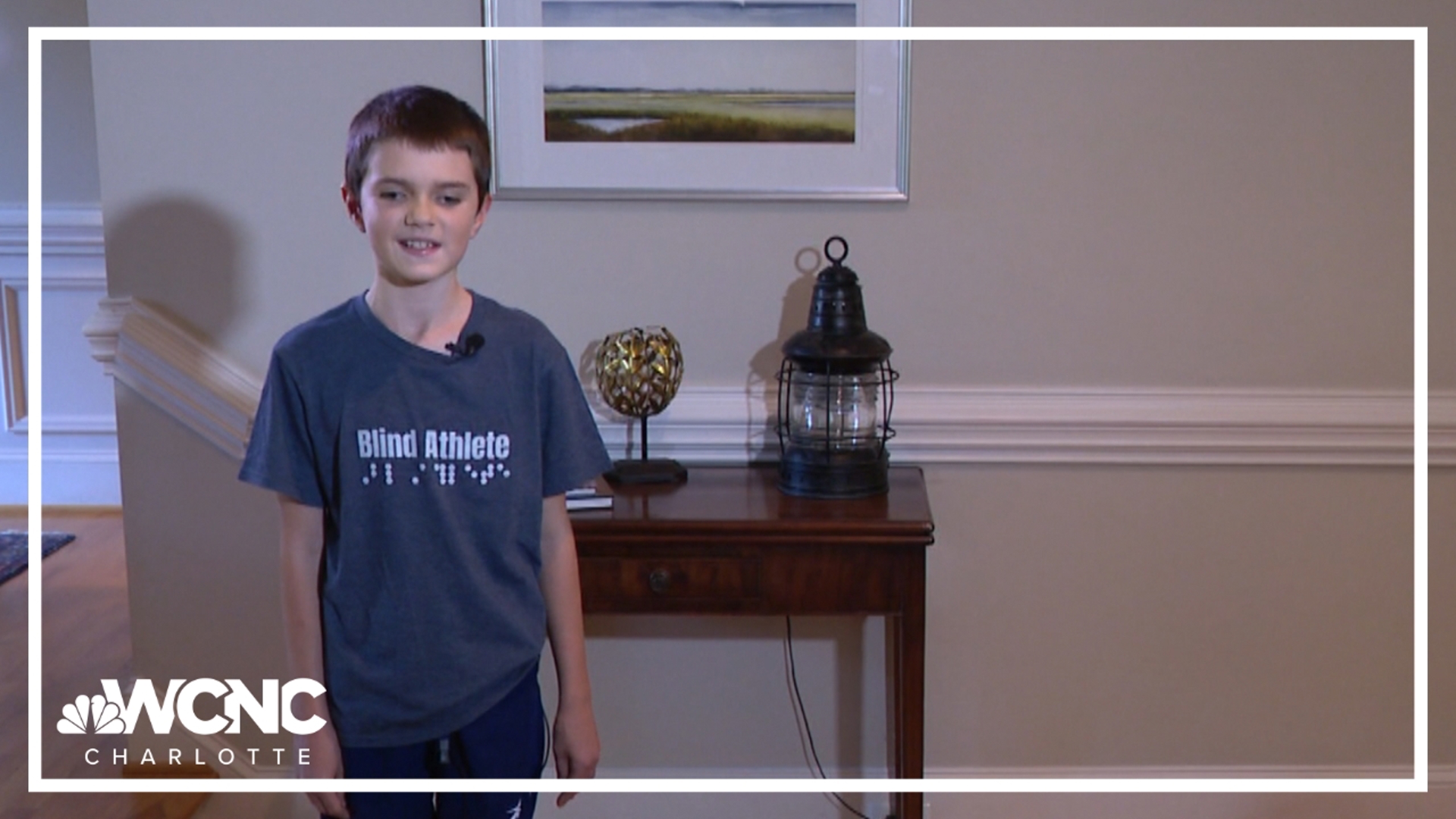CHARLOTTE, N.C. -- The dog and police officer followed the bad guy s scent, tracking him through the woods near Steele Creek Highway. Bevo, a 120-pound German Shepherd/Belgian Malinois mix, led K9 Officer Adam Overcash over ravines, under low-slung branches and through brambles as he searched.
Minutes passed. An hour.
Finally, more than a mile later, Bevo found his suspect, a Charlotte-Mecklenburg policeman who had hid as part of the routine K9 unit training.
It s still amazing, every time they do that, K9 trainer Officer Matt Yoder said as other K9 officers congratulated Overcash and praised Bevo.
Last week, officers with the CMPD K9 Unit provided a rare, behind-the-scenes look at how the dogs and handlers on the team train for their duties. After three decades, the unit s responsibilities have grown along with its size. The team began in the 1980s with only a couple of dogs who focused on drug detection and tracking suspects, Sgt. Mike Graue said.
Now the unit has 13 dogs, each assigned to an officer, who can find anything from illegal drugs to lost wallets and stolen guns. The dogs can also chase down and apprehend suspects.
Fox, the unit s explosive detection dog, is specially trained to sniff out bombs. During the Democratic National Convention in September, Fox joined several dogs from the FBI and other federal agencies to work at checkpoints around the center city, smelling cars and people for hidden explosives. The other CMPD canines and their handlers helped during the DNC by filling in for patrol officers who were pulled off the streets to work security uptown.
The dogs really are a force multiplier, especially when we were running skeleton crews in the divisions during the DNC, Yoder said.
When patrol officers responded to a house during the convention, a handler and dog from the K9 unit would guard the perimeter and apprehend any suspects who tried to escape a task that usually requires four or five officers at a time, Graue said.
It s just one recent example of the unit s expansive mission with the department. As the K9 team has grown in size and scope, CMPD officials said, it s become apparent that the presence of a police dog makes dangerous situations safer and speeds up investigations.
When officers are searching a building for an armed suspect, a K9 dog can shave minutes off the search by clearing rooms just by sniffing the door for the suspect s scent, handler Joe Hoskins said.
Or if a suspect who has been served with a warrant tries to run, a dog is more likely than an officer to catch that person, added Graue.
And few CMPD officers outside the K9 unit are skilled in tracking suspects that have gotten away, but dog-handler teams like Bevo and Overcash are trained to work until they re found. Police officials say the unit s speciality has made it one of the most sought-after in the department, both in terms of job applicants and back-up at crime scenes
Often I will have a K9 and handler on a call for service, say tracking an armed robber, and another request will come in, Graue said. This request has to wait until the K9 and handler are clear from the first call before moving to the next.
In 2011, the K9 unit responded to 3,520 calls for service, Graue said, and they re on track to meet or surpass that number by the end of 2012. And that number would be higher, if Graue had more dogs to work with.
But these highly-trained dogs are expensive. The cost for the first initial six weeks of training for a dog and handler team is around $12,500, Graue said. And the numbers only increase, as the department pays for continuing training, certifications, vet bills and, of course, dog food.
K9 members point to their full schedule and constant calls for service as proof the police dog skills are worth the cost. And the unit continues to look for ways to expand that skill set.
Currently, the group s only bloodhound is training to learn how to find cadavers, an ability that will be useful to the homicide unit and during missing persons searches.
They re not pets, Yoder said of the dogs in the unit. They re partners.
Read more here: http://www.charlotteobserver.com/2012/12/22/3742826/more-than-detection.html#storylink=cpy


